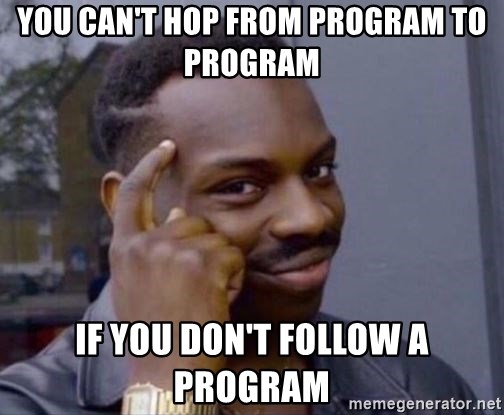I'm a competitive powerlifter, but go to any single PL and you'll see that many successful lifters don't do much in the way of conditioning work. That's evidence to Jeff's point that not everyone needs S&S for sure if their goals are getting bigger and stronger.
But there are others for whom it helps there powerlifting, and I'm one of those. I am light enough and old enough that I'm always - always - the only person in my age/weight group at a powerlifting meet, even when I went to the USPA Nationals last year. 600+ lifters, competition was 5 days long, and I was still the only person in my age/weight group. (Which also means there were no geared lifters in my age/weight group, either, for what that might be worth to anyone.)
My way, in my late 40's, through my 50's, and up to about age 62 or so, of staying in my weight class was to do only a small amount, compared to many people, of training, with a big focus on technique. But from about age 63 onwards, I found two things - I'd hit reasonable enough PR's for myself, given the training I'd done, and if I wanted to keep setting PR's as I got older, I was going to need to rethink my training a bit. But when I tried just training for PL more, it was too much for me.
And thus entered the kettlebell.

Adding swings to my training noticeably increased my work capacity for PL training. I say all of this to say that, for some people, the addition of some kettlebell work will help their PL performance. In my case, I feel it was largely conditioning but a lot of swings and then a lifetime DL PR one month before my 67th birthday says that maybe the additional posterior chain work wasn't exactly hurting me, either. And we have stories, several of which are in the beginning of Pavel's books, wherein some world-class PL'ers have added kettlebell work and their totals have gone up, and in their cases, I believe it's that the way the kettlebells work one's body/muscles actually addressed strength issues, not conditioning.
And one other point for anyone getting older - while I'm still able to add muscle, I'm more able to do what would have added muscle to my frame 20 years ago but now I don't gain weight. Hypertrophy takes a little extra work. For my goals, hypertrophy isn't at the top of the list, but as I approach my next competition, I'm going to aim for adding a little beef to my legs because I think I can do that, lift more weight, and still stay in my weight class.
Note that S&S recommends cutting back the frequency of training once you're reached Simple. That section of the book is worth reading particularly in this context.
-S-

